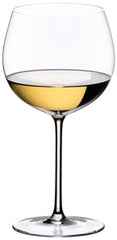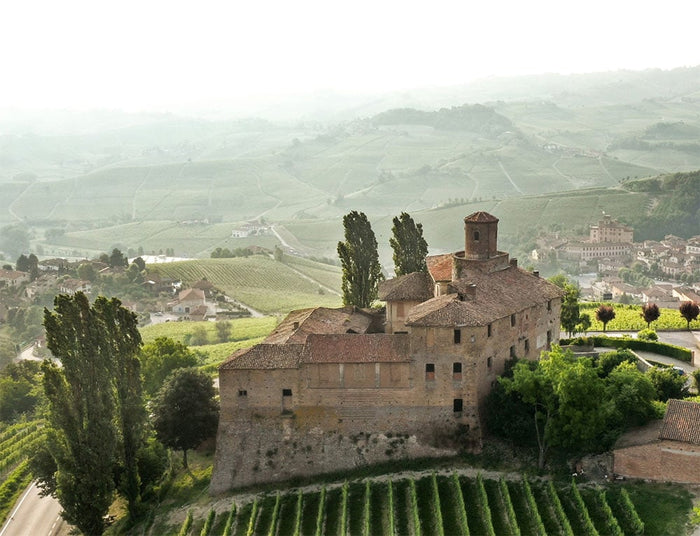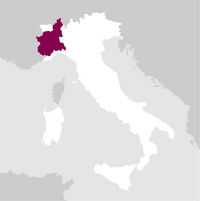详情

香水

颜色

味道
服务于:
12 - 14 °C.
长寿:
03 - 05 years

搭配
Starters
Fish
Shellfish
Cheese
Poultry
Veal
White fish
生产者
Marchesi di Barolo
来自这个酒庄
- 创办年份: 1800
- 酿酒师: Marco Marsili
- 生产的瓶子: 1.500.000
- 公顷: 105
The Marchesi di Barolo winery was founded in 1806 in the heart of the Langhe, following the marriage between Carlo Tancredi Falletti and the French aristocrat Juliette Colbert di Maulévrier, who understood the importance of nebbiolo grapes, the production of which gave rise to intense, decisive wines that would improve with time.
Xtrawine devotes special attention to Marchesi di Barolo wines, proposing bottles that have received important awards from Bibenda and belonging to the best vintages of 2012, 2013 and 2016.
At the end of the 19th century, the Marchesi di Barolo winery was acquired by Pietro Abbona, and is now run by his nephew Ernesto Abbona, who can count on a vineyard estate of 65 hectares from which come high-quality wines that add to the winery's fame.
Thanks to the climatic conditions and the fertility of the land, aromatic, pure and simple grapes are cultivated, which are processed in the cellar to the best of their ability thanks to proven experience in the field.
阅读更多


| Name | Marchesi di Barolo Langhe Bianco Bric Amel 2022 |
|---|---|
| Type | White still |
| Denomination | Langhe DOC |
| Vintage | 2022 |
| Size | 0,75 l |
| Alcohol content | 13.5% 按体积 |
| Grape varieties | Arneis, Chardonnay, Sauvignon |
| Country | Italy |
| Region | Piedmont |
| Vendor | Marchesi di Barolo |
| Story | The word 'Bricco' ('Bric', in the dialect of the Langhe) refers to the top of the hills whose calcareous soil, rich in quartz sand and fine silt, ensures considerable structure and an immediate expression of the bouquet. It is on this soil that white grapes find the ideal conditions to express their potential fully. |
| Origin | Barolo (Cuneo). |
| Cultivation system | Guyot. |
| Wine making | The grapes, which ripened on time in the same days, are picked and immediately brought to the wine factory, crushed and destemmed gently and assembled to ensure their early harmonization. Subsequently, soft pressing is carried out. The resulting must is fermented at a low temperature in thermo-conditioned steel tanks. The wine is kept at a controlled temperature in the presence of its fermentation yeasts to let it express its best features and, at the same time, to merge harmoniously in a unique, powerful and delicate wine, just like honey that draws from different flowers freshness and complexity. |
| Allergens | Contains sulphites |




